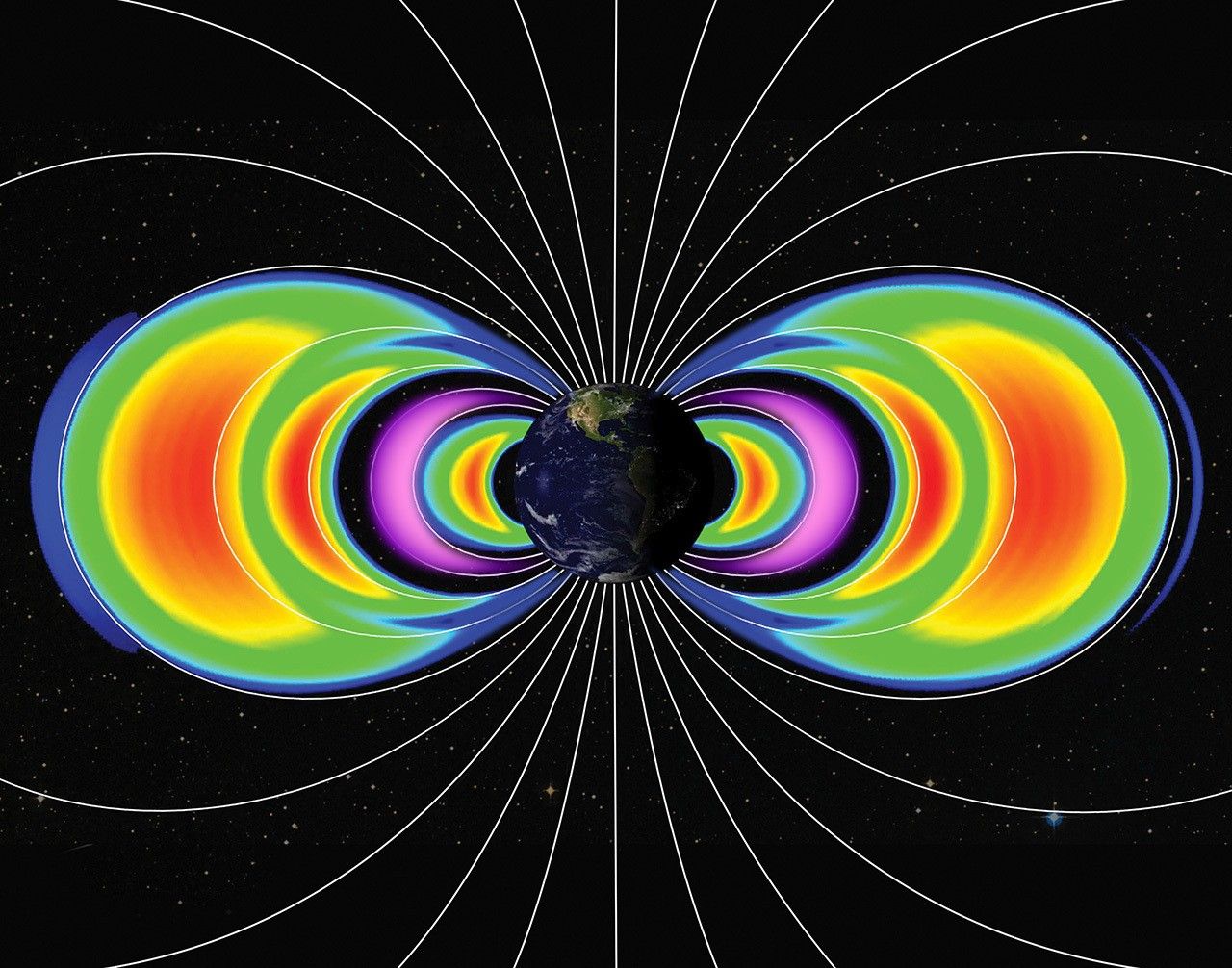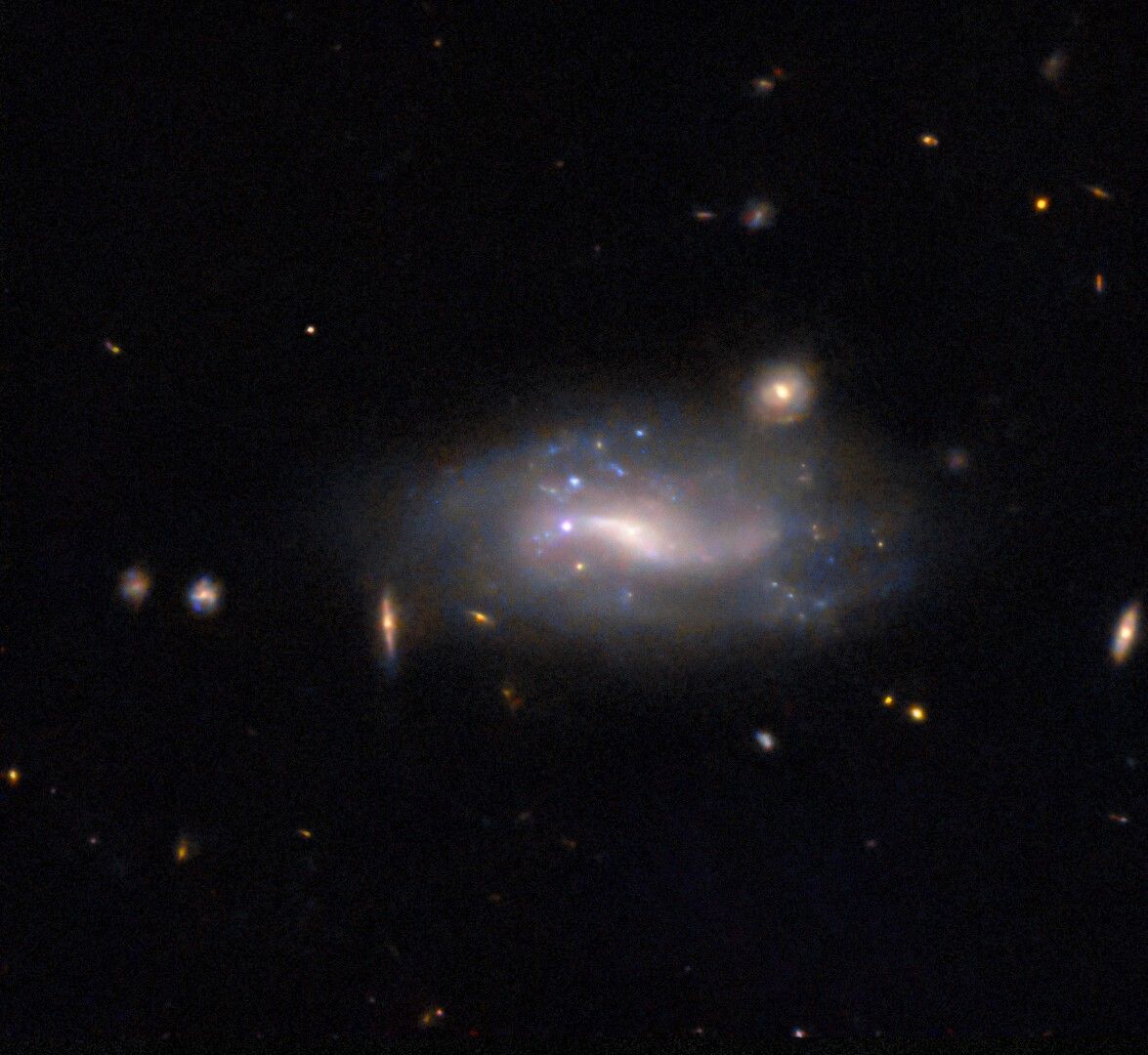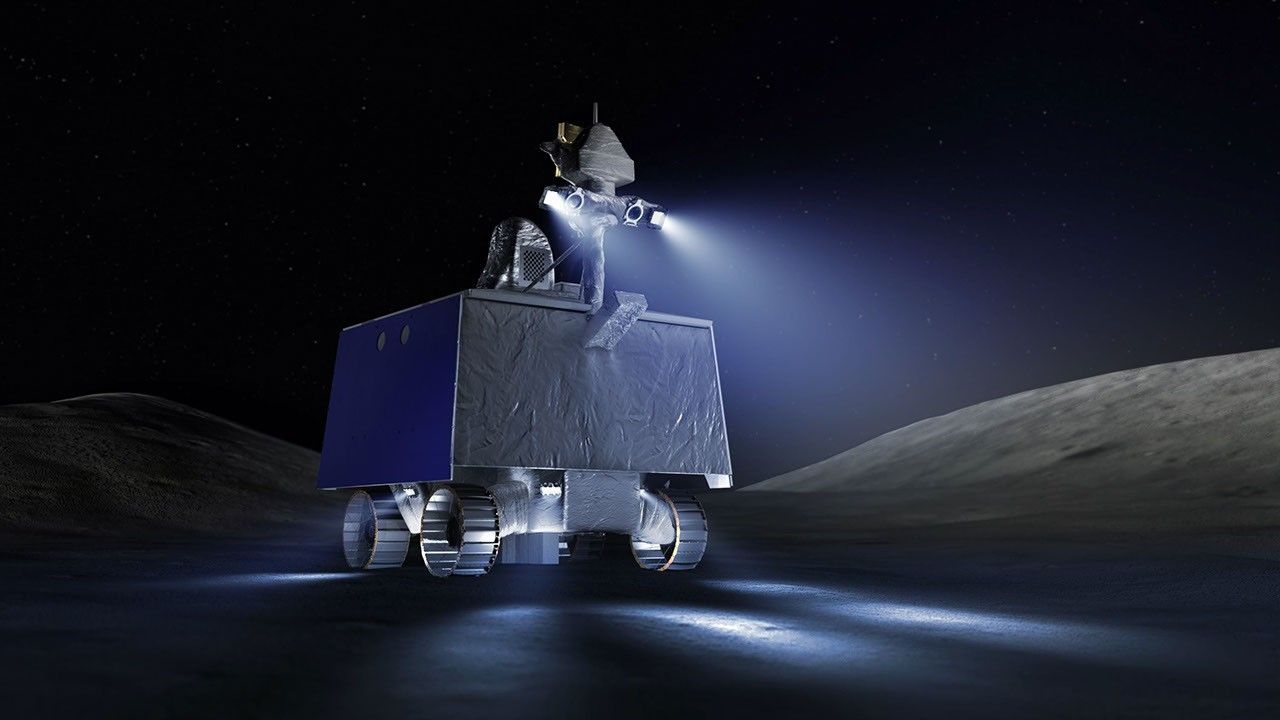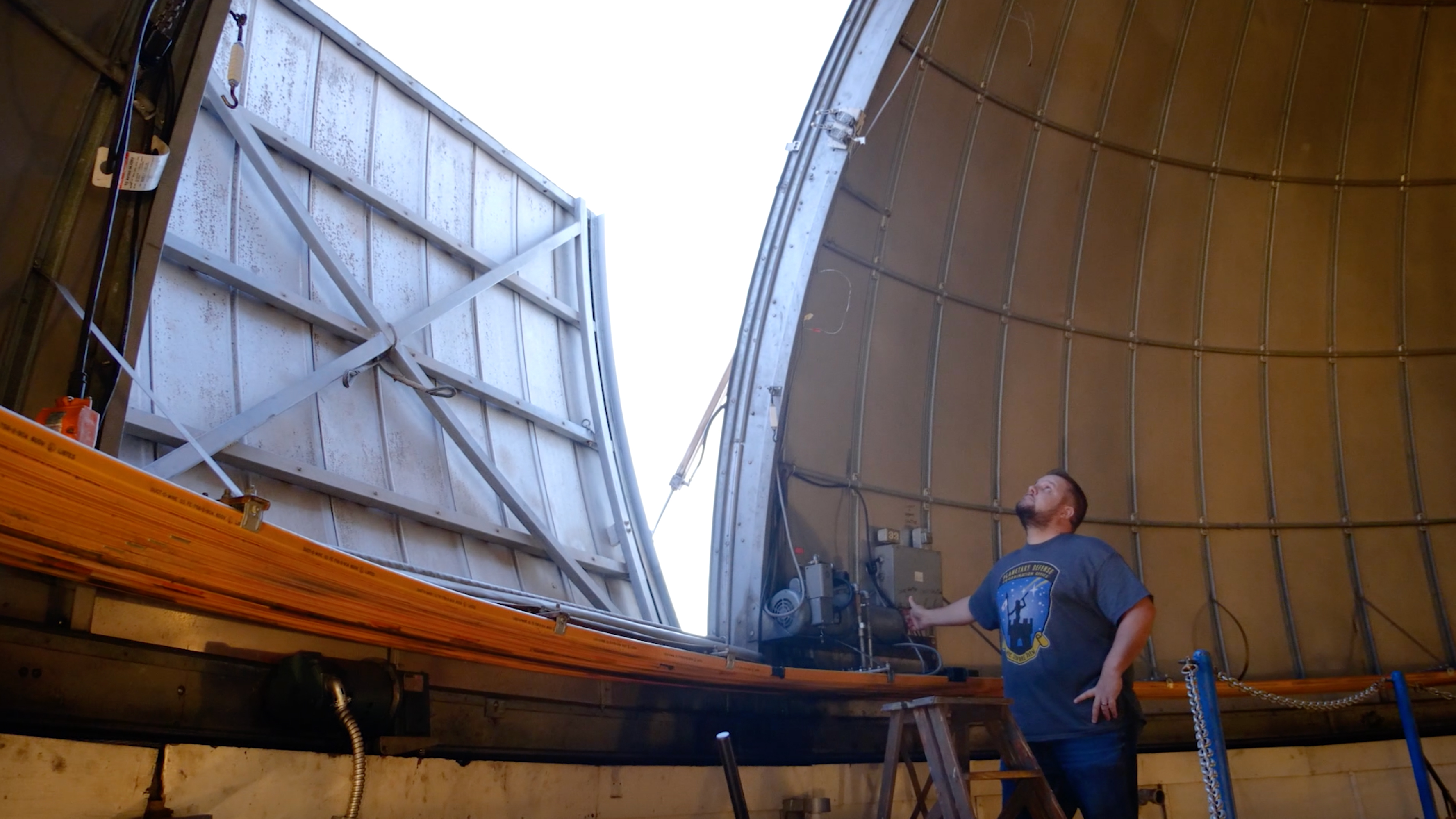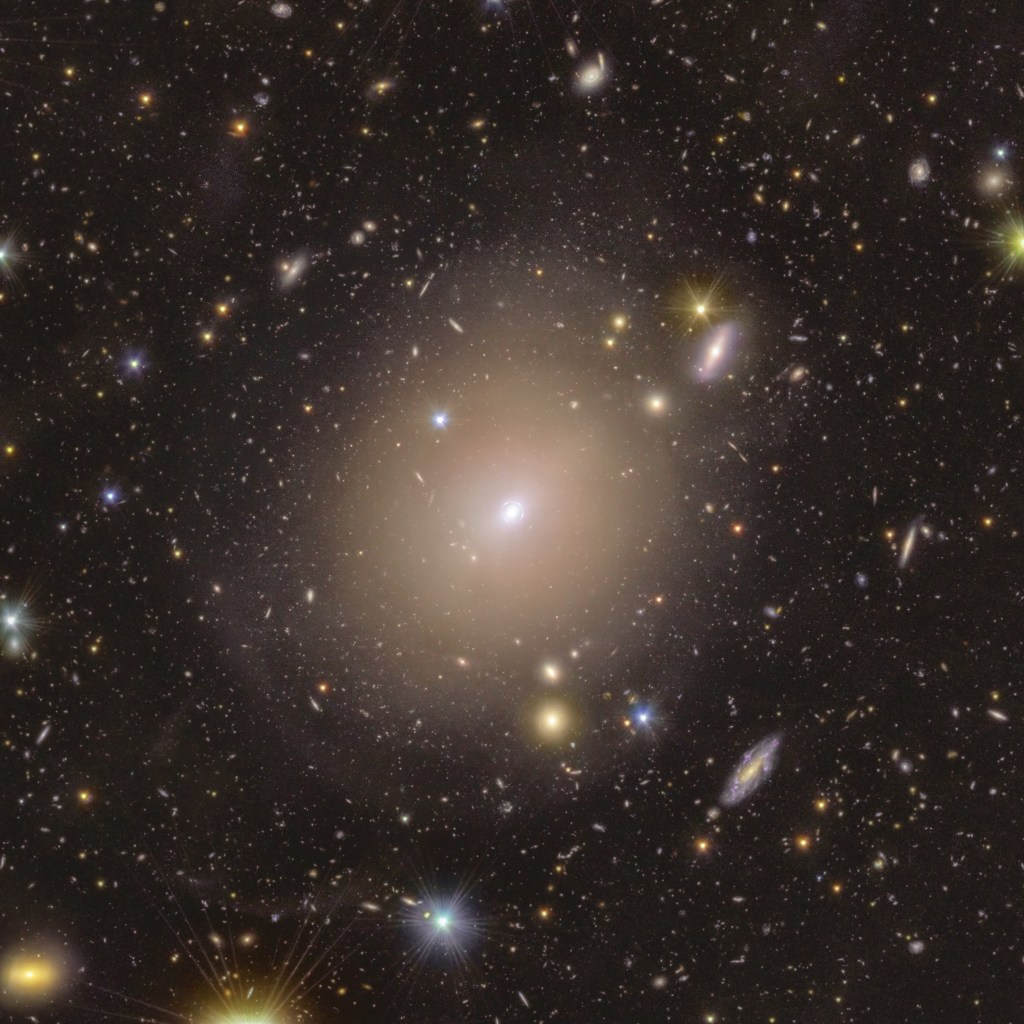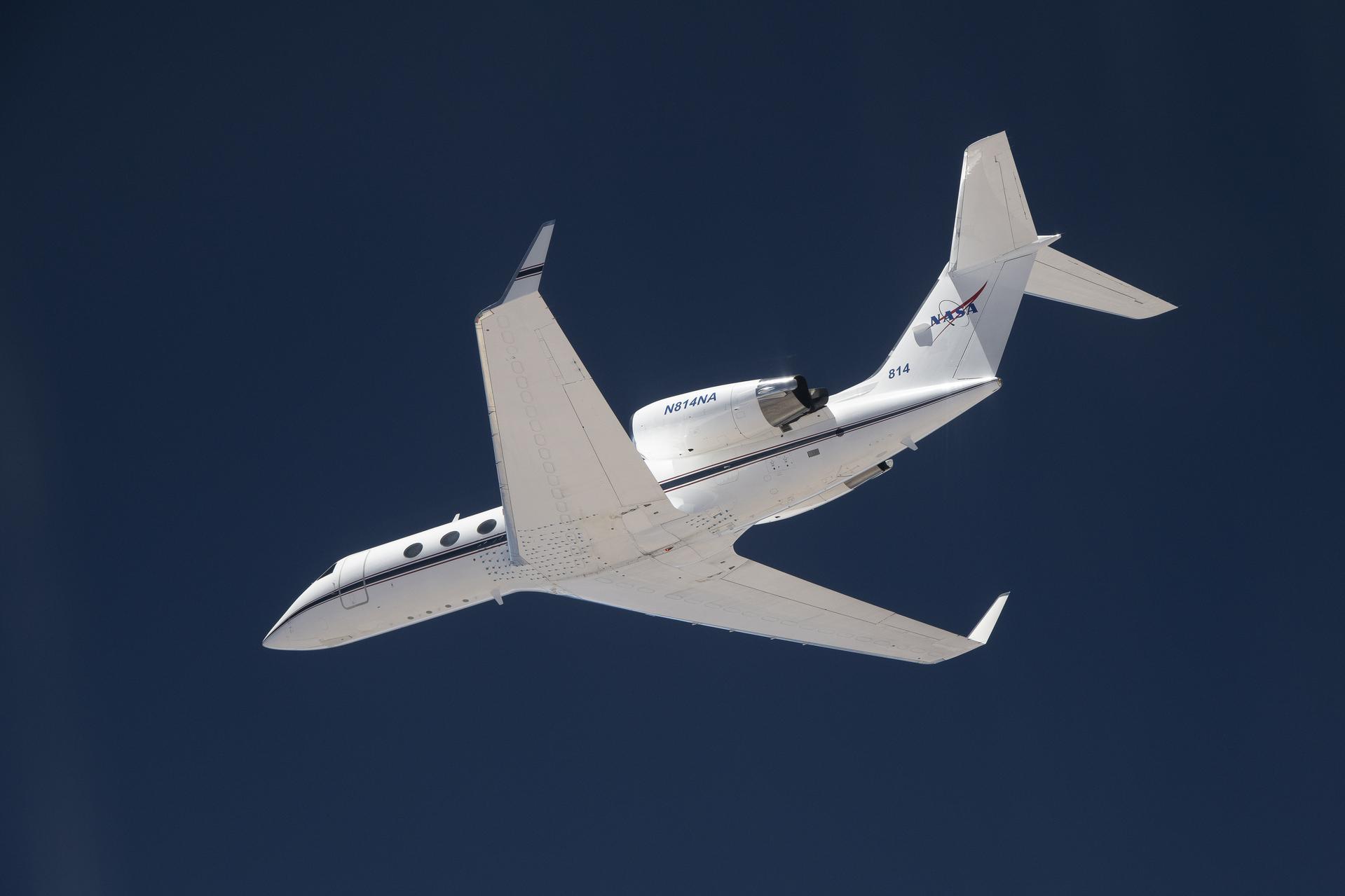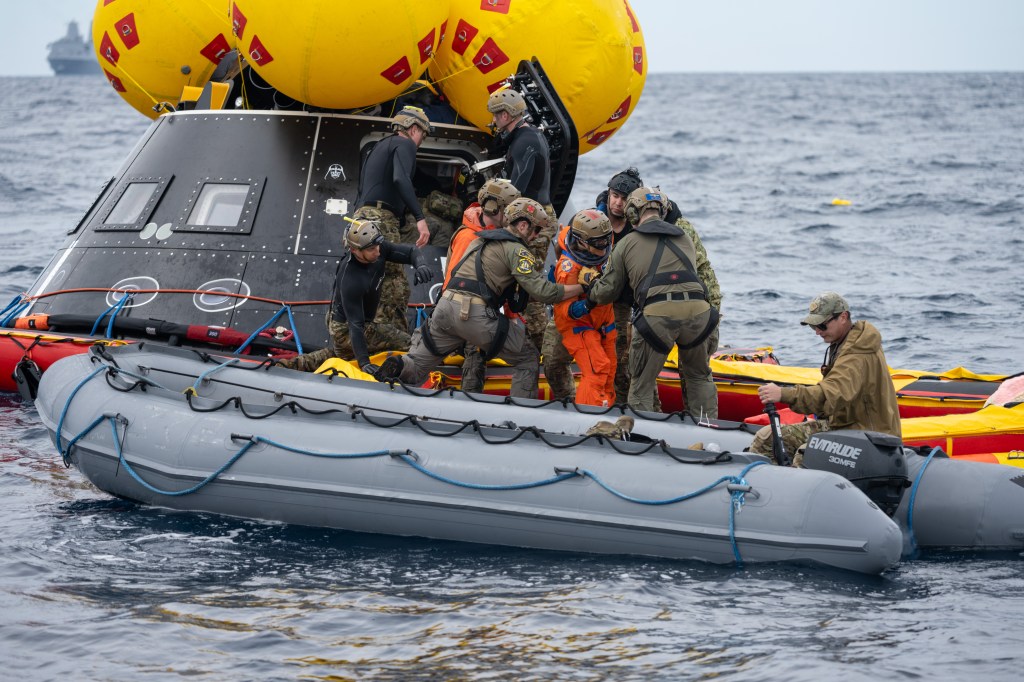Aeronautics Capabilities
Aeronautics capabilities at Ames Research Center consist of a comprehensive suite of state-of-the-art technologies and research facilities, which support aeronautical and aerospace research and development, along with the integration of advanced autonomy into the national airspace. We provide national research and development capabilities in subsonic and supersonic wind tunnel testing, high-fidelity flight and spaceflight simulations supporting aeronautics, while promoting aviation safety through development of software to predict, detect and diagnose hazards to aviation.

Aerospace Simulation
At NASA Ames Research Center, our engineering modeling and simulation tools, and world-class high-fidelity simulation facilities, enable researchers to evaluate the benefits of new ideas from focused individual vehicle designs to complex system-wide operations solutions.
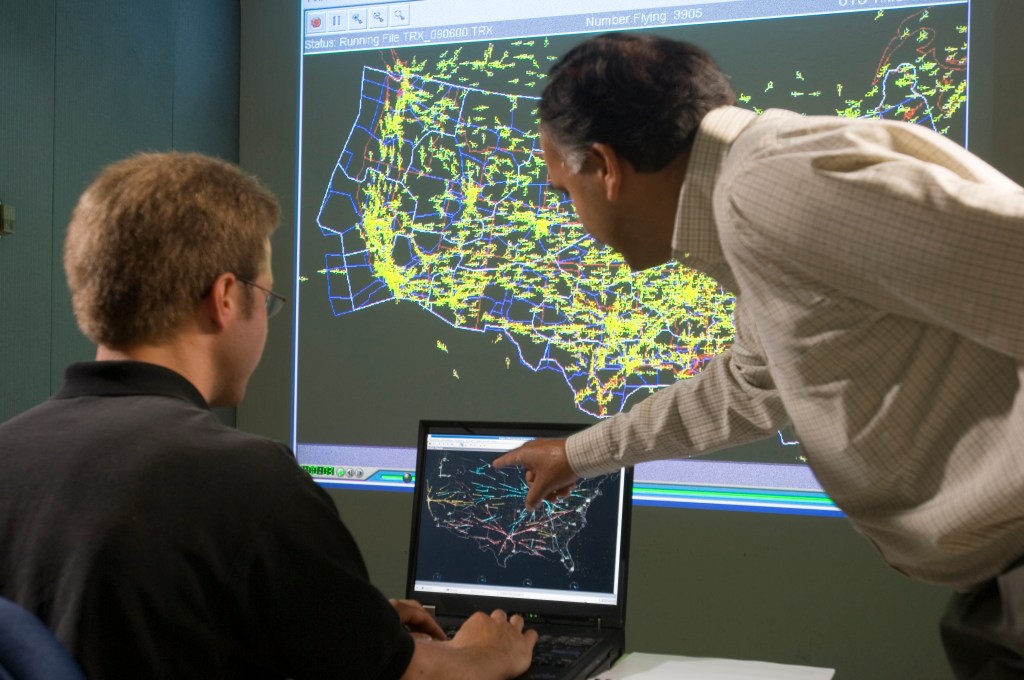
Airspace Research
The field of Airspace Research encompasses a substantial portion of aeronautics, including urban air mobility (UAM), high-fidelity flight simulation, and air traffic management (ATM). This work extends into applied studies for unmanned aircraft systems traffic management (UTM) and the integration of non-traditional vehicles into the operational environment of the National Airspace System. Aeronautics researchers at Ames include experts in flight simulation, algorithm development, and data mining who create technologies to safely and efficiently improve the flying experience.
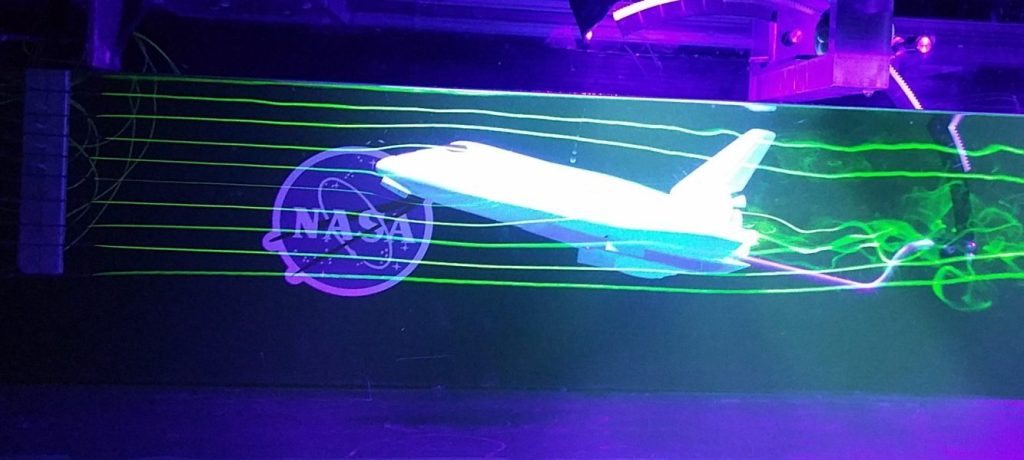
Experimental Aero-Physics
The discipline of experimental aero-physics focuses on the experimental analysis of flight dynamics. At NASA Ames Research Center, this type of experimental analysis relies on advanced testing facilities and instrumentation techniques associated with specialized wind tunnels, a water channel, and a pipe flow facility.
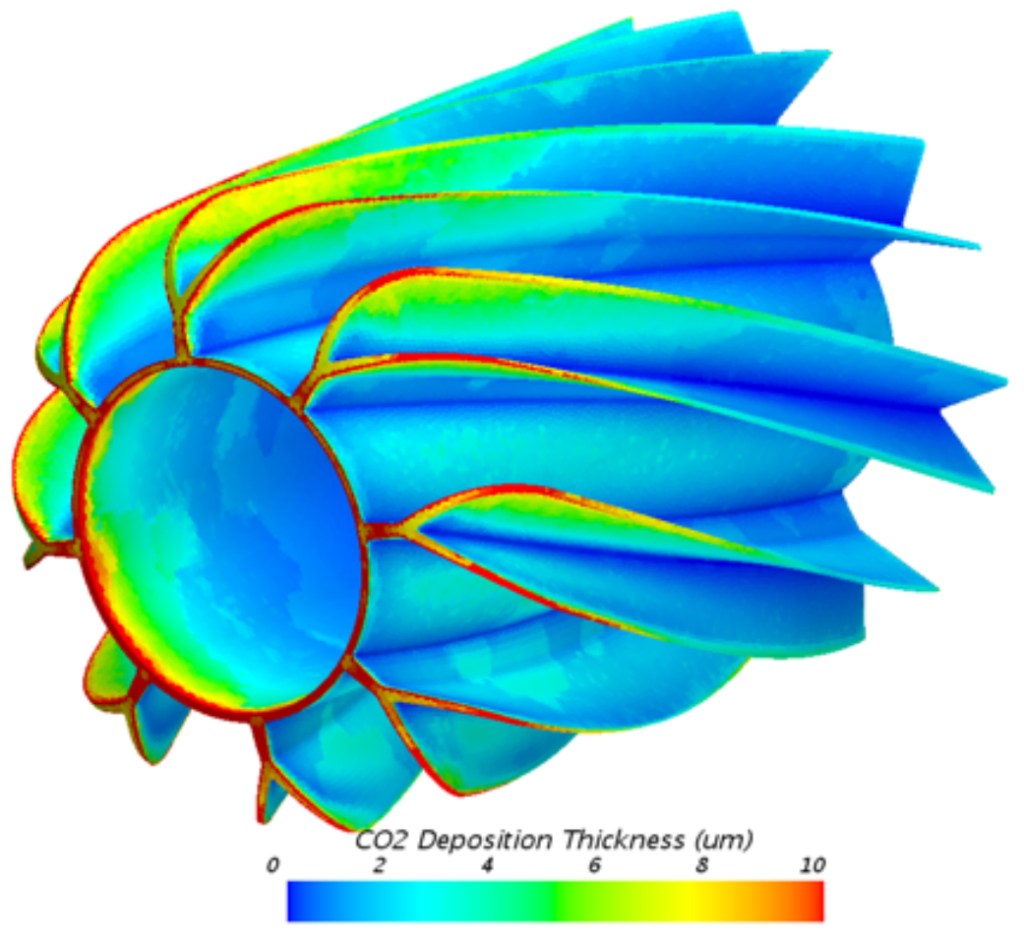
Modeling and Analysis
Modeling and Analysis capabilities at Ames include low-fidelity to high-fidelity discipline analysis tools, data visualization techniques, and integration schemes which support projects from conceptual level to detailed design analyses.
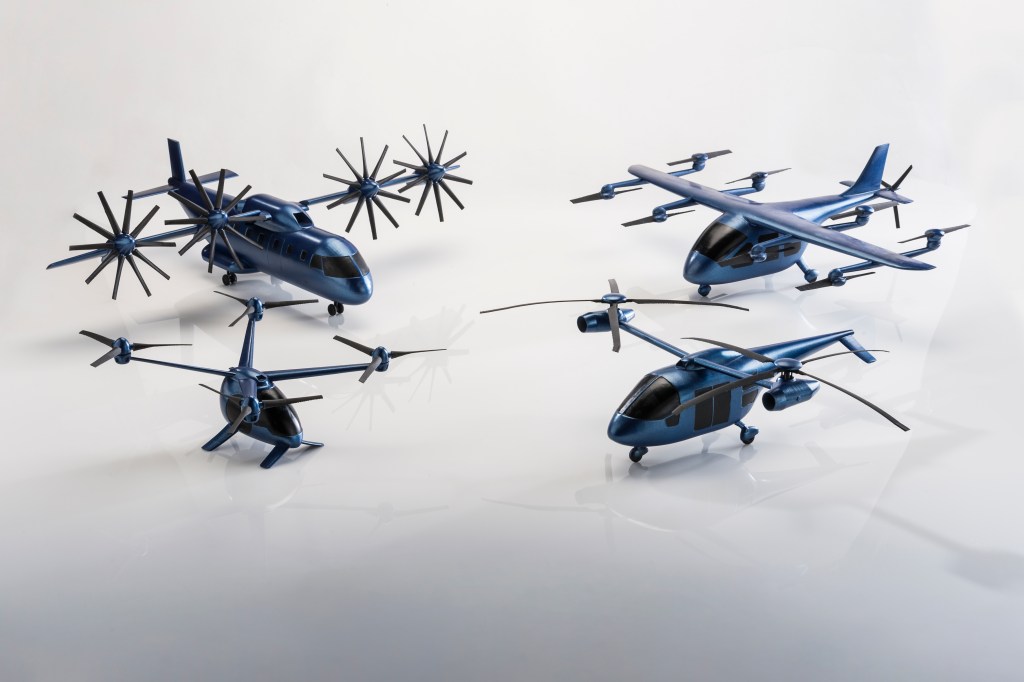
Vertical Lift
Vertical Lift research focuses on activities that directly support a new era of air transportation called urban air mobility (UAM), which will enable passenger-carrying air taxis and package-delivery drones above populated areas. As part of this effort, Vertical Lift research supports the development of electric Vertical Take-Off and Landing (eVTOL) vehicles for UAM. These activities are an extension of decades of work for the U.S. helicopter industry. In addition, Vertical Lift engineers and scientists are conducting research for NASA’s space program through their work on the proposed Mars helicopter that will operate in the extremely thin atmosphere of the red planet.
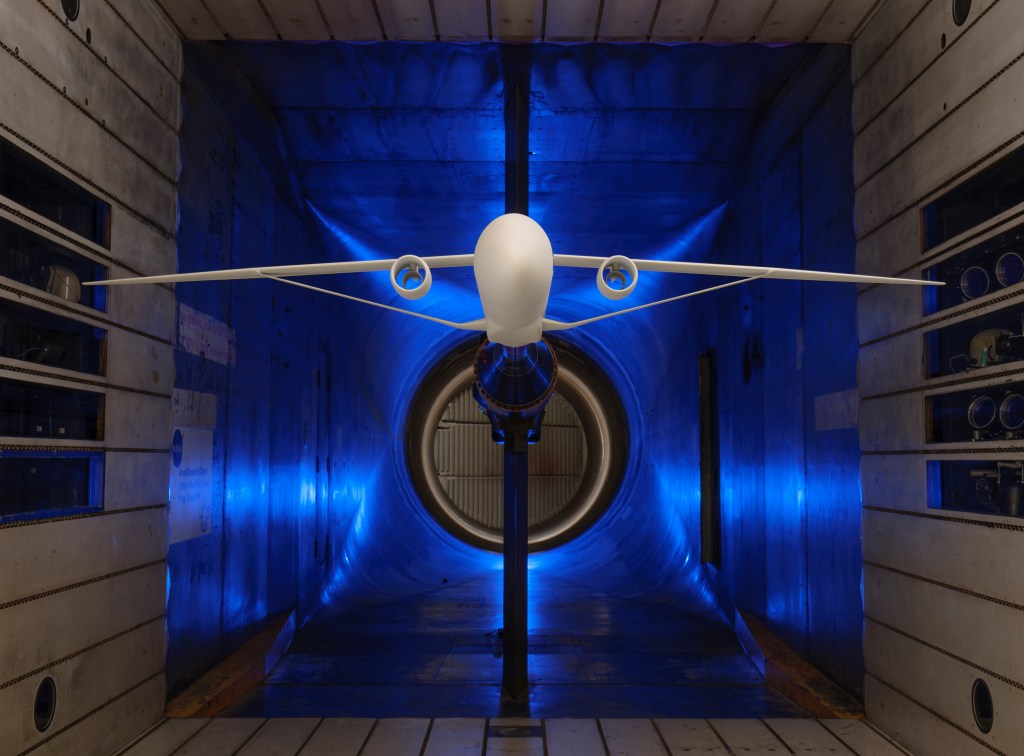
Wind Tunnel Research
The wind tunnels at NASA Ames Research Center have been instrumental in the development of nearly every domestically-produced commercial aircraft since the 1960s. In addition, they have played a vital role in all of NASA’s human spaceflight programs. Currently, the Ames wind tunnels are being used for quantifying flow fields, validating computational fluid dynamics (CFD) results, and assessing photogrammetry. To support future spaceflight missions, the Ames wind tunnels are being used to evaluate the aerodynamics properties of the Space Launch System (SLS) rocket as part of NASA’s plans to returns humans to the moon.


